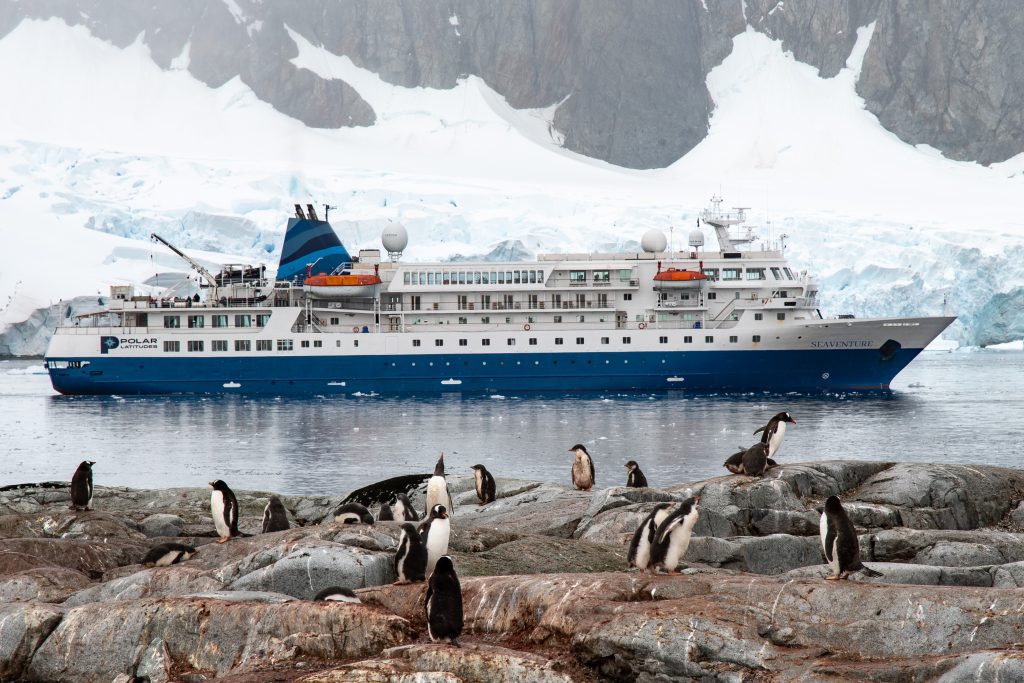Antarctica is one of the most pristine areas on our planet and the quintessential destination for an expedition cruise. With so many Antarctica cruises and tours to choose from we understand planning a trip to the 7th continent can be overwhelming. Our team travels on Antarctica cruises on a regular basis to experience the different ships and tours. We will use our fist hand knowledge to assist in finding the best Antarctica trip for you.
Below you will find more information on the Ships, Destinations & Trips and Activities that we offer. While we don’t think there is a “bad time” to visit Antarctica, we have also broke down the differences of the months of the season. Please get in touch with one of our Polar experts for more information and for assistance with finding the best trip for you!
Antarctica Cruises FAQ's
The most popular region to visit in Antarctica is the Antarctic Peninsula. The majority of Antarctica Peninsula cruises depart from Ushuaia, Argentina. Most travelers book an international flight to Buenos Aires and then a domestic flight from Buenos Aires to Ushuaia. From Ushuaia it takes approximately 2 days to sail across the Drake Passage to Antarctica. Fly the Drake trips depart from either Punta Arenas, Chile or Puerto Natales, Chile which are accessible via domestic flight from Santiago. The flight from southern Chile to Antarctica takes about 2 hours.
The Antarctic season runs from late October – March. See the Best time to travel to Antarctica page for more information on the different months of the season.
Antarctica is the highest, driest, windiest and coldest of the continents (but it’s not that cold in the summertime!). On the Antarctic Peninsula, the temperatures hover right around freezing (32 degrees Fahrenheit or 0 degrees Celsius) plus or minus about 5 degrees Fahrenheit during the summer season.
Antarctica is 98% covered in ice, which on average is an incredible 7,000 feet thick. Simply put, the scenery is absolutely spectacular. Rugged snow covered peaks rise out of the ocean, glaciers flow in every direction and icebergs in all shapes and colors of blue are scattered along the coastline.
The wildlife is abundant with millions of penguins nesting on shore, curious seals swimming alongside zodiacs and humpback whales that make their migration from South America to feed in the krill rich waters of the Southern Ocean.




